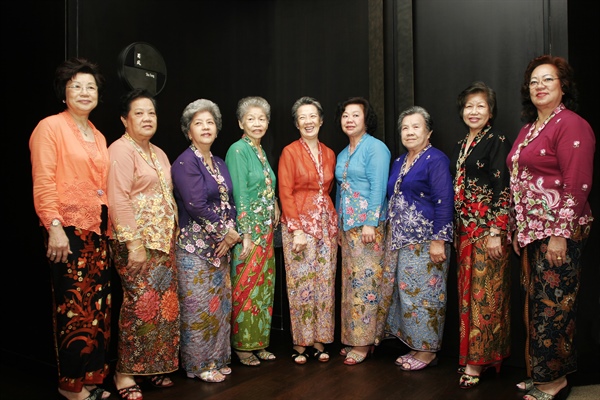
Kebaya shirt dossier as intangible cultural heritage has been submitted to UNESCO by five Southeast Asian countries
When it comes to Indonesian women's clothing, people often think of Kebaya, a dress consisting of a long, tight-fitting dress with an open front collar, long sleeves, made of thin, light materials such as silk or cotton, worn with a batik skirt with unique patterns that wrap from the waist to the heels. Around the 15th-16th century, Kebaya was considered a noble dress, reserved only for royalty, nobility or the upper class. Gradually, this dress became popular and was recognized as the National Dress for Indonesian women. However, this dress is usually only worn on major holidays and celebrations.
To honor the traditional costume and introduce this cultural beauty more widely to the world, the women's association of this country has launched a movement to wear Kebaya Indonesia in daily life. Specifically, this movement calls on women to wear Kebaya every Tuesday in all activities, including when going to the market, working or hanging out with friends. This movement has been responded to by many activists, some of whom even said they used Kebaya for climbing and surfing. The Indonesian Women's Association has also proposed to the government to choose a day as National Kebaya Day.
“In the past, only royal families wore Kebaya and they used materials like velvet or brocade, but today, Kebaya is made of silk or cotton, making the wearer feel comfortable and even children wear this outfit,” said Novie Hilmanita, a Kebaya seller in Indonesia. “We want Kebaya to be recognized by UNESCO as a cultural heritage like Batik. I see that everywhere Indonesian women love Kebaya. The Kebaya Indonesia movement was launched not only to introduce it to the world, but more importantly, to educate the younger generation about a part of Indonesian history and culture.”
In Malaysia, in fashion stores, tailors meticulously embroider colorful flowers to enhance the beauty of the Kebaya. The Kebaya in Malaysia is often sewn from thin, light, airy materials such as silk or cotton. It is sewn close to the body, has an open neck, and long sleeves, which is very suitable for the tropical climate in Southeast Asia. The price of a Kebaya can range from 7 USD - 1,200 USD (about 165,000 VND to 28,000,000 VND) depending on whether it is machine-sewn, sewn or hand-embroidered. Kebaya seller in Malaysia, Ms. Lim Yu Lin, shared: "Nominating the Kebaya to UNESCO's list of intangible cultural heritage will help people know more about this type of shirt, not only in our country but also in the region."
For Singaporeans, the traditional dress of women in this country is called Nonya Kebaya. Nonya kebaya is an elegant dress, considered a strong symbol of identity of the Peranakan community in Singapore and Southeast Asia. According to Mr. Yeo Kirk Siang, National Heritage Board of Singapore: “Kebaya is a traditional dress of women and became popular in Southeast Asia in the 19th and 20th centuries due to trade and travel between countries. This is a type of dress that combines different cultures in the region, but Kebaya in each country has its own identity”.
The dossier to recognize Kebaya as an intangible cultural heritage has been submitted by five Southeast Asian countries to UNESCO and the results are expected to be announced by the end of 2024.
THUC LINH
Source


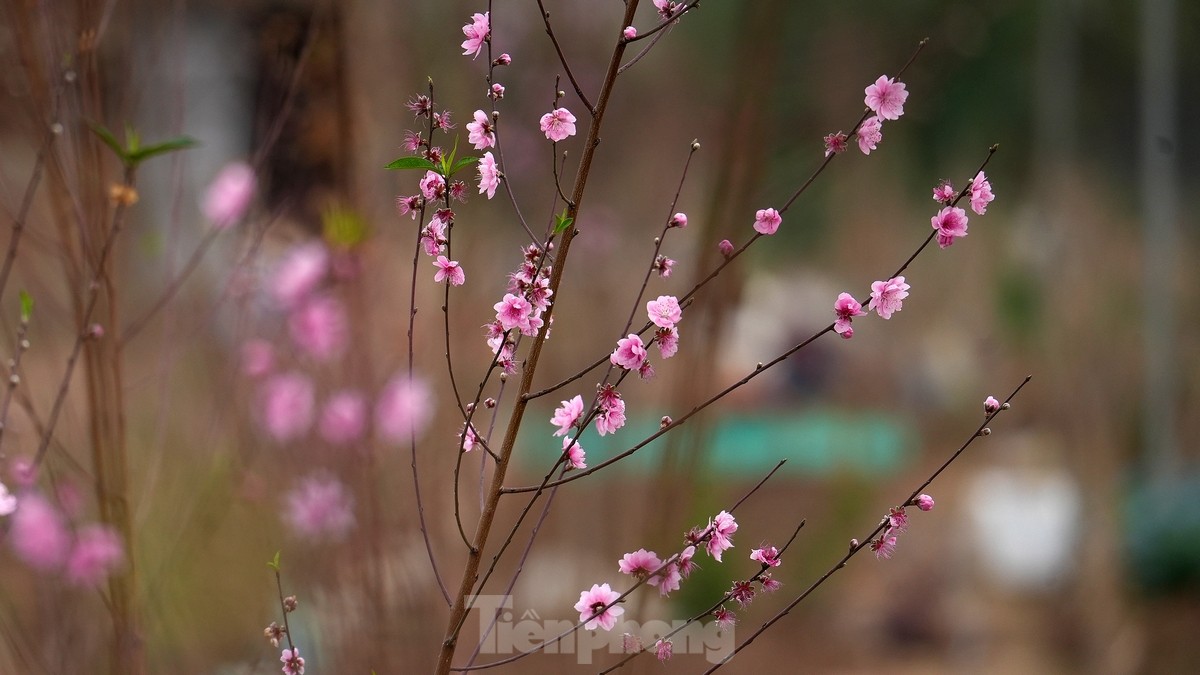

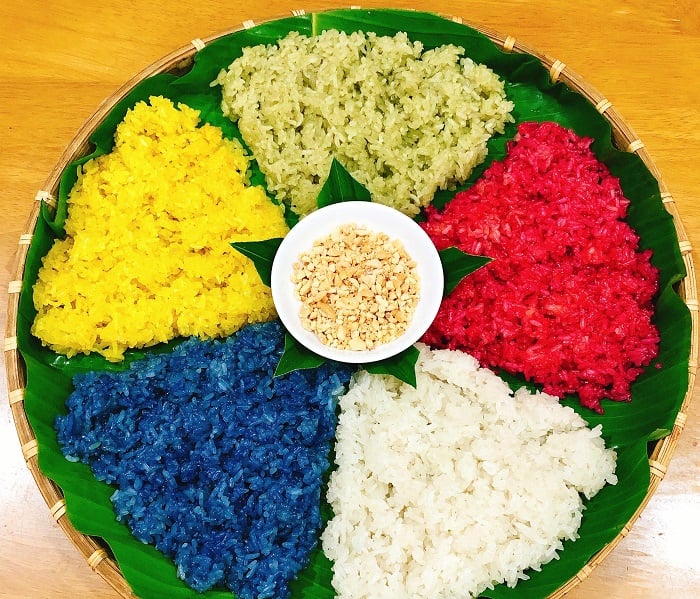
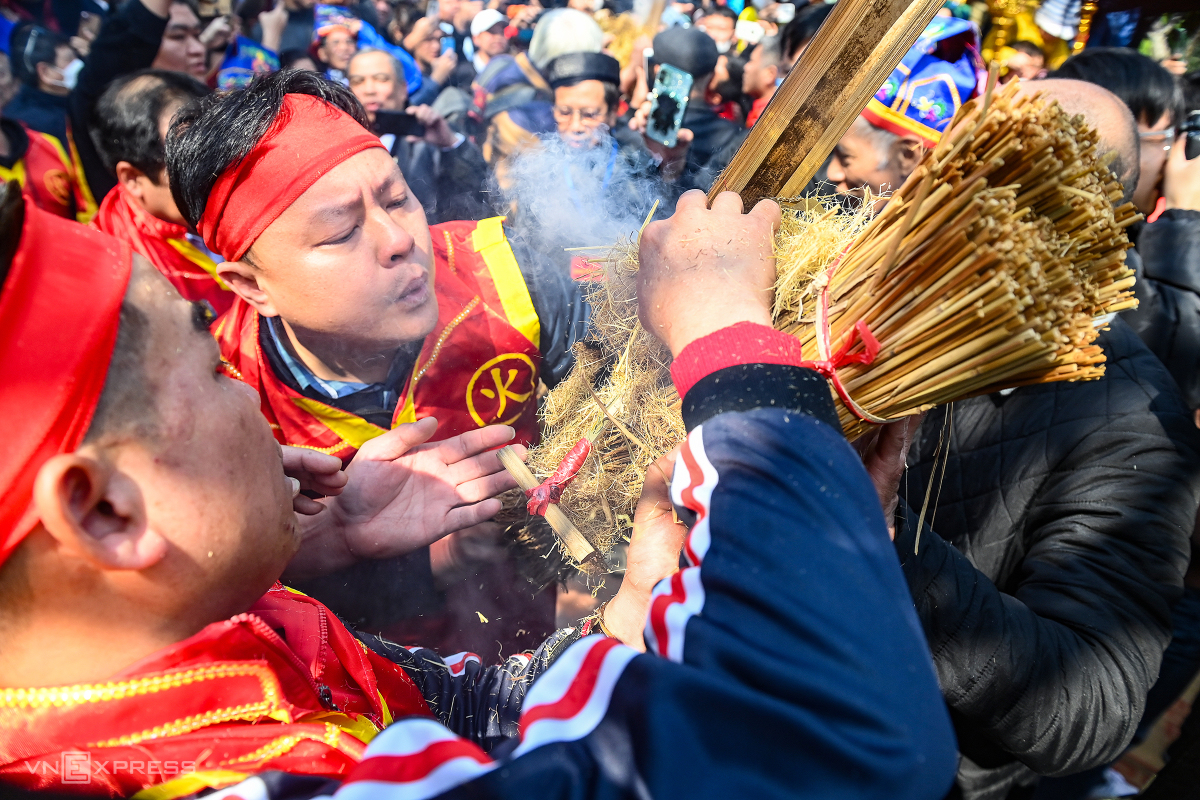
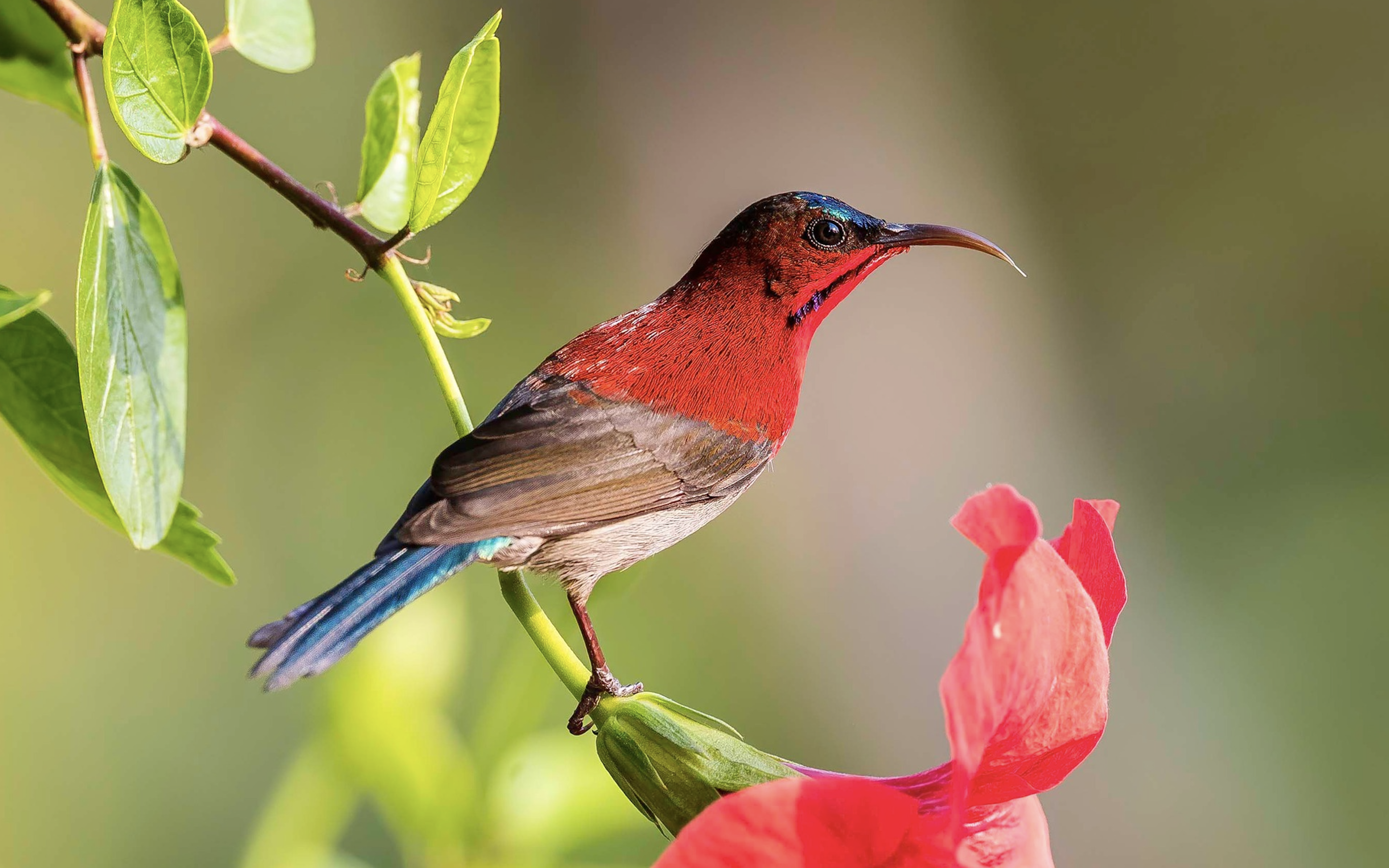
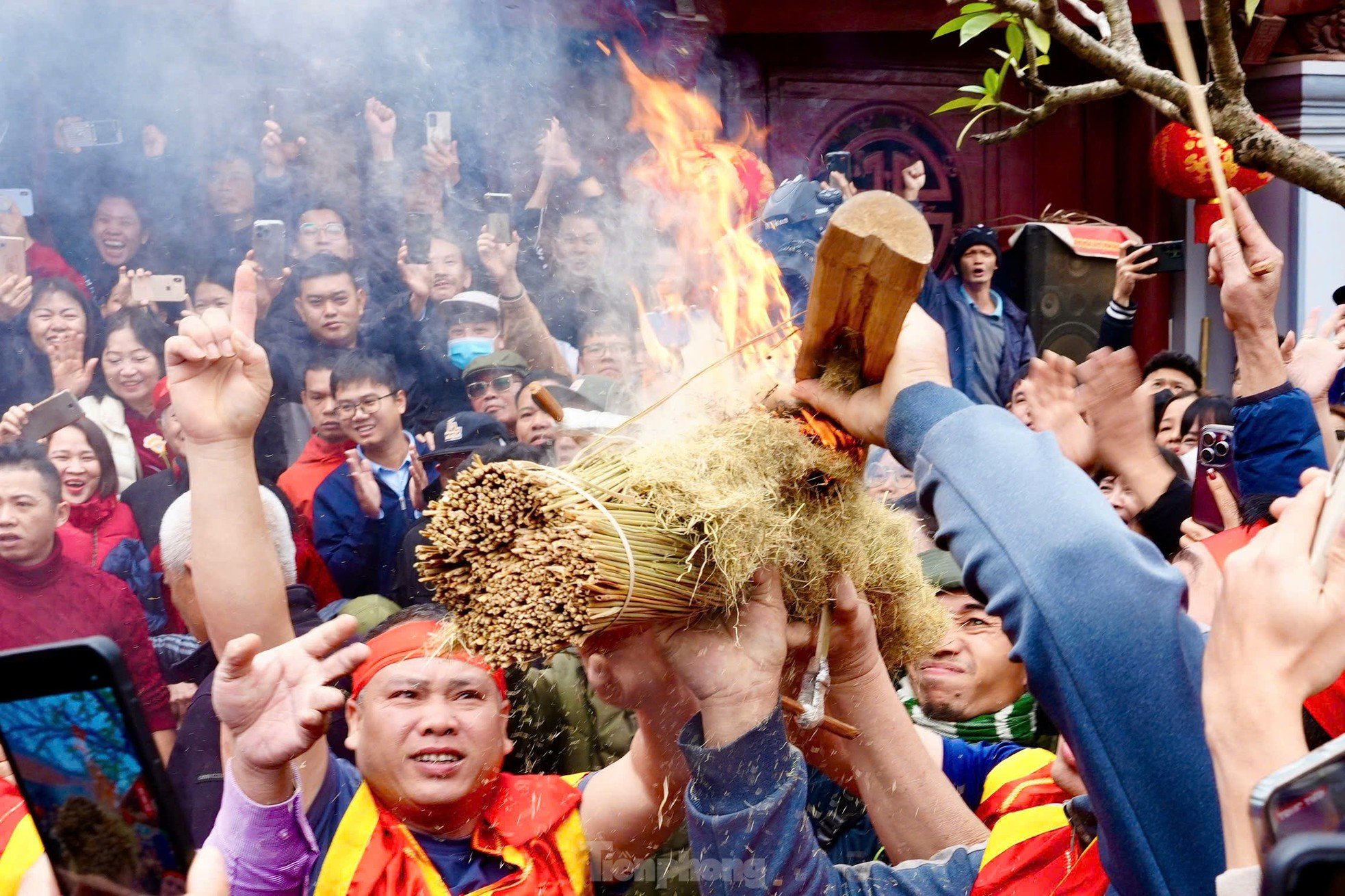


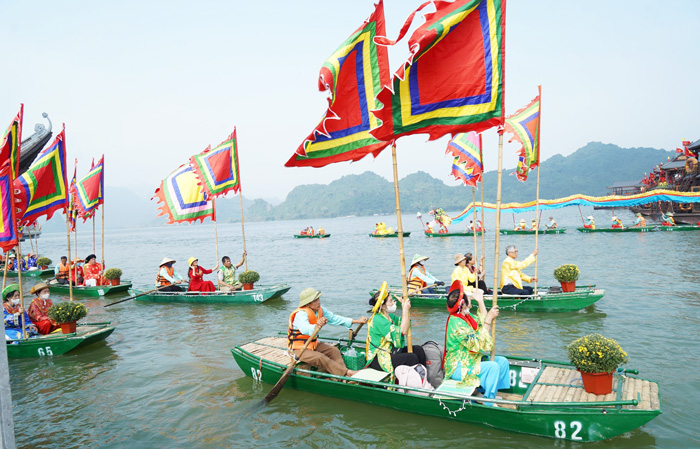

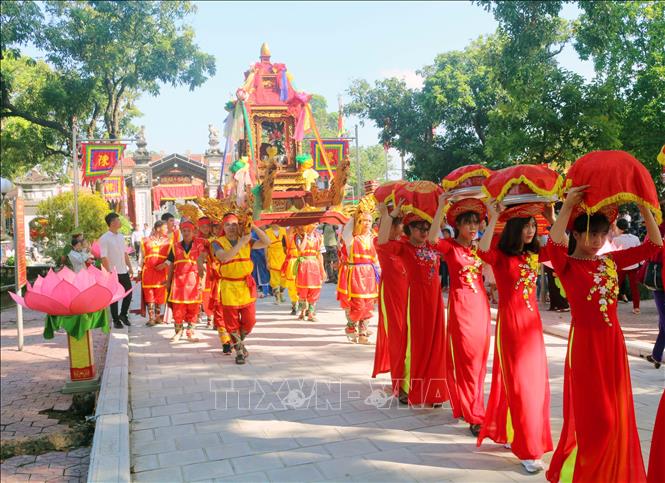
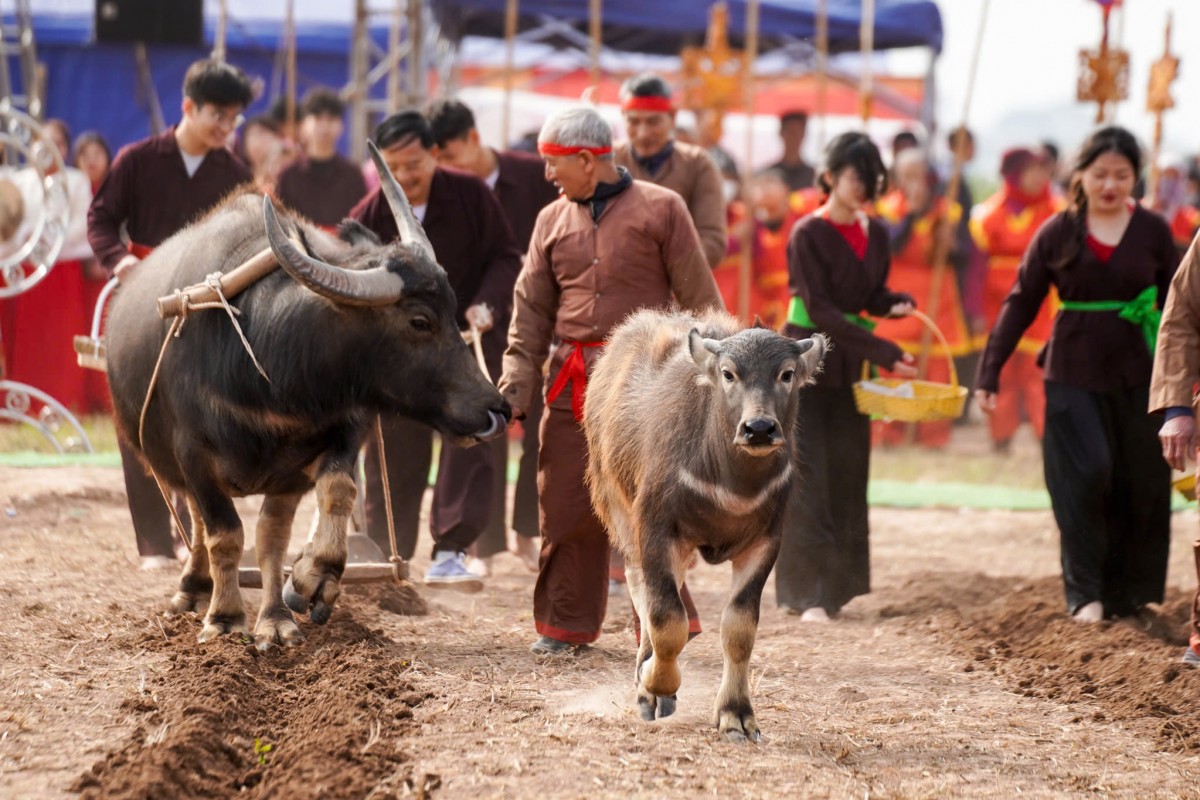

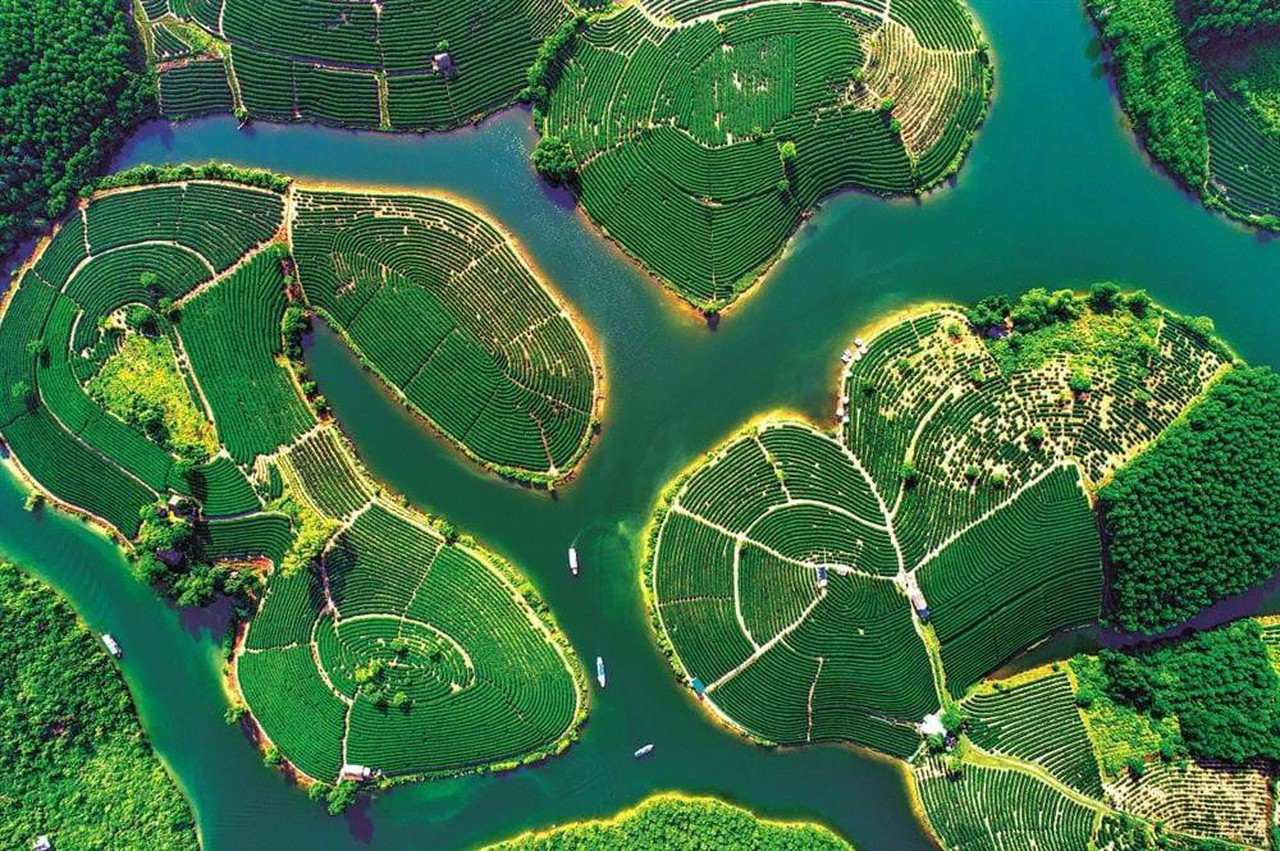

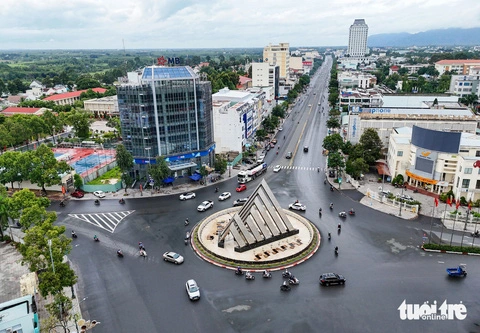
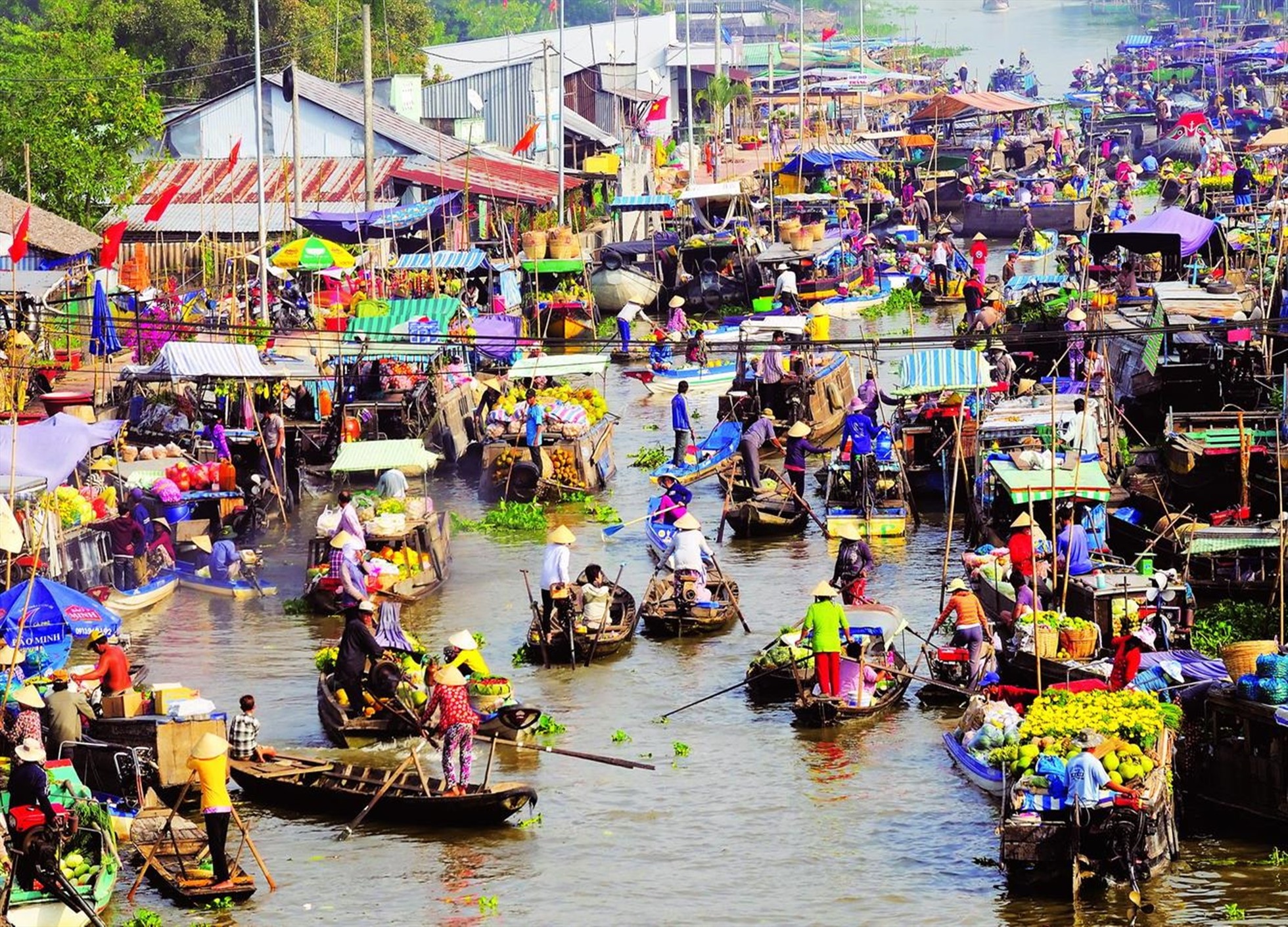
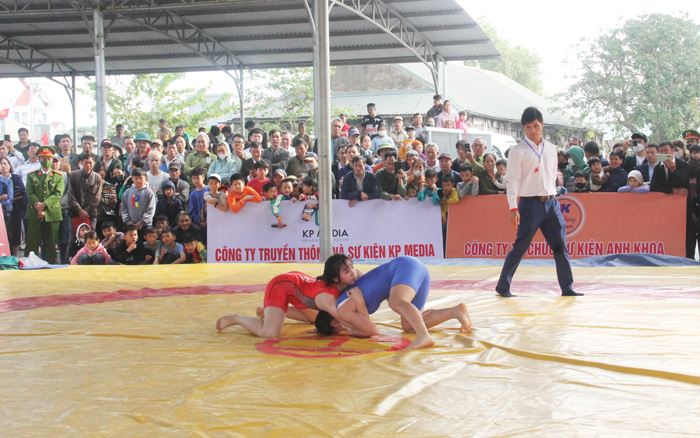

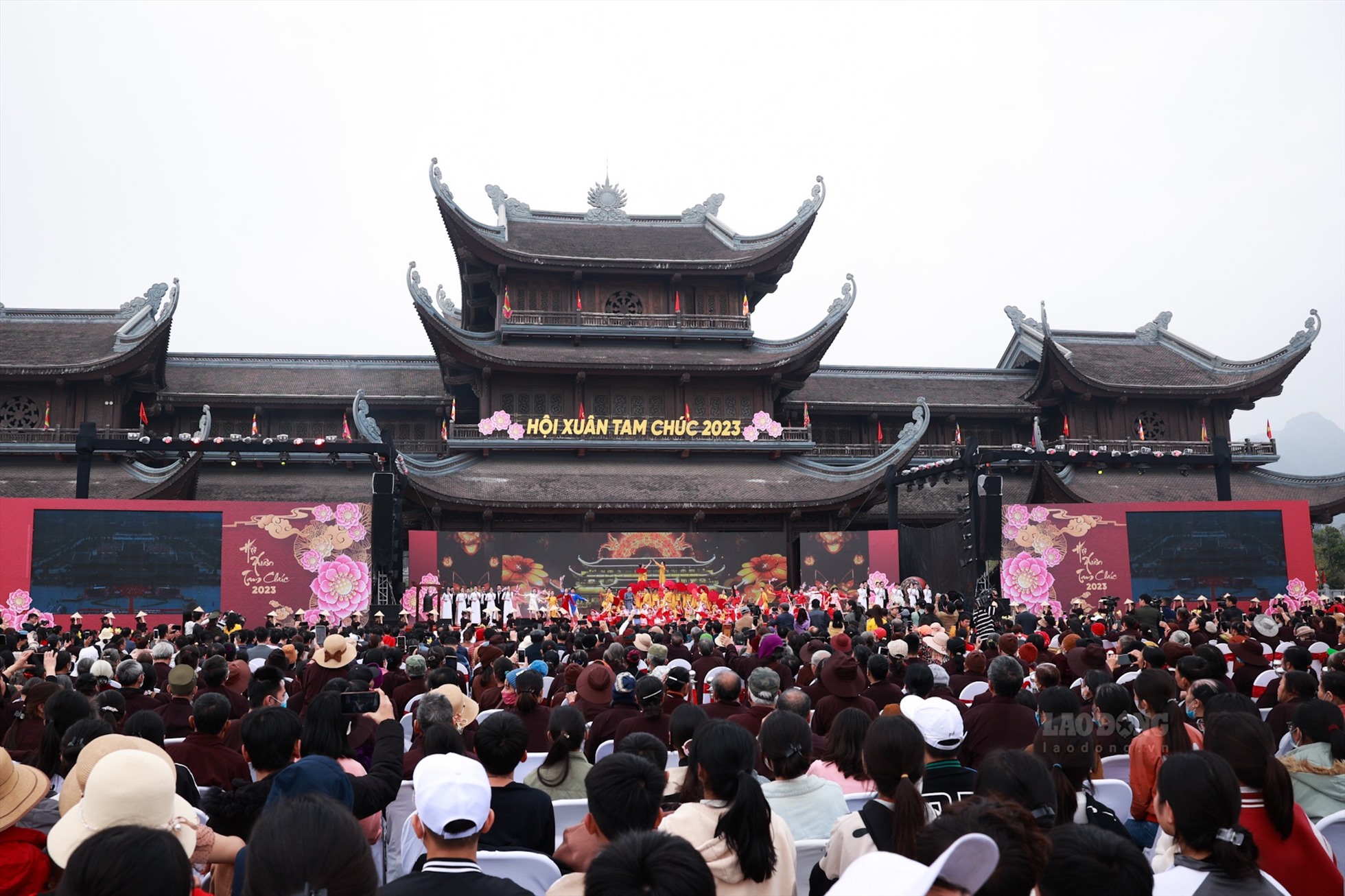







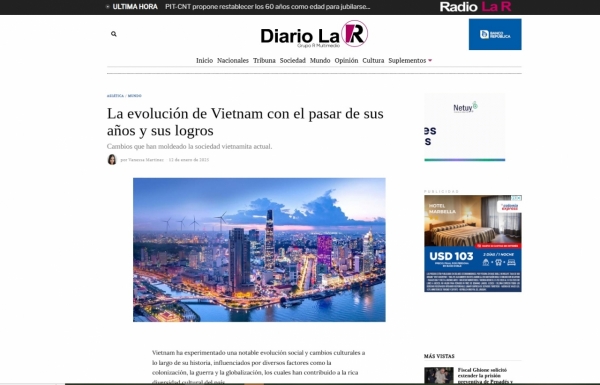





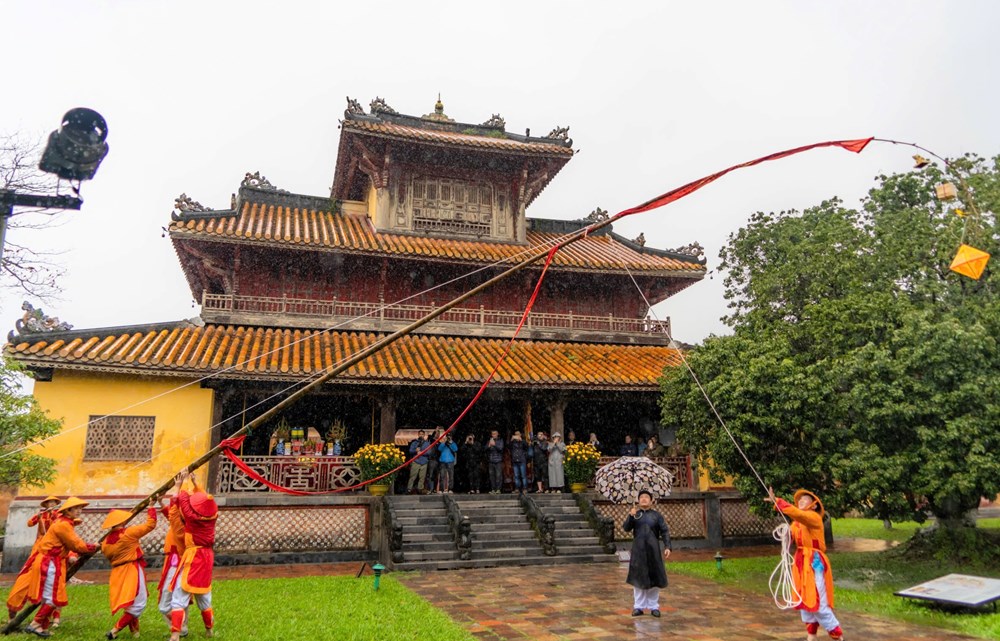
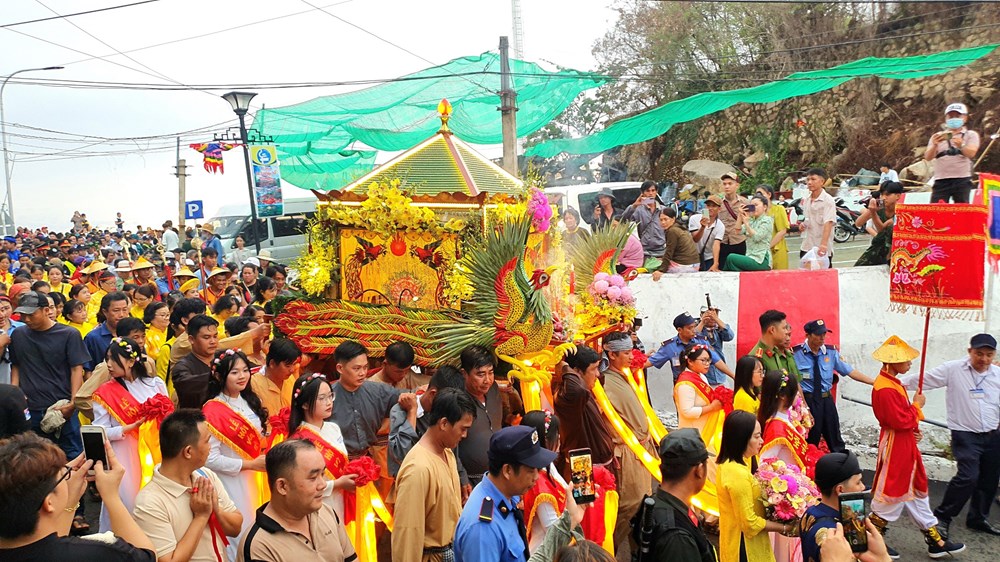
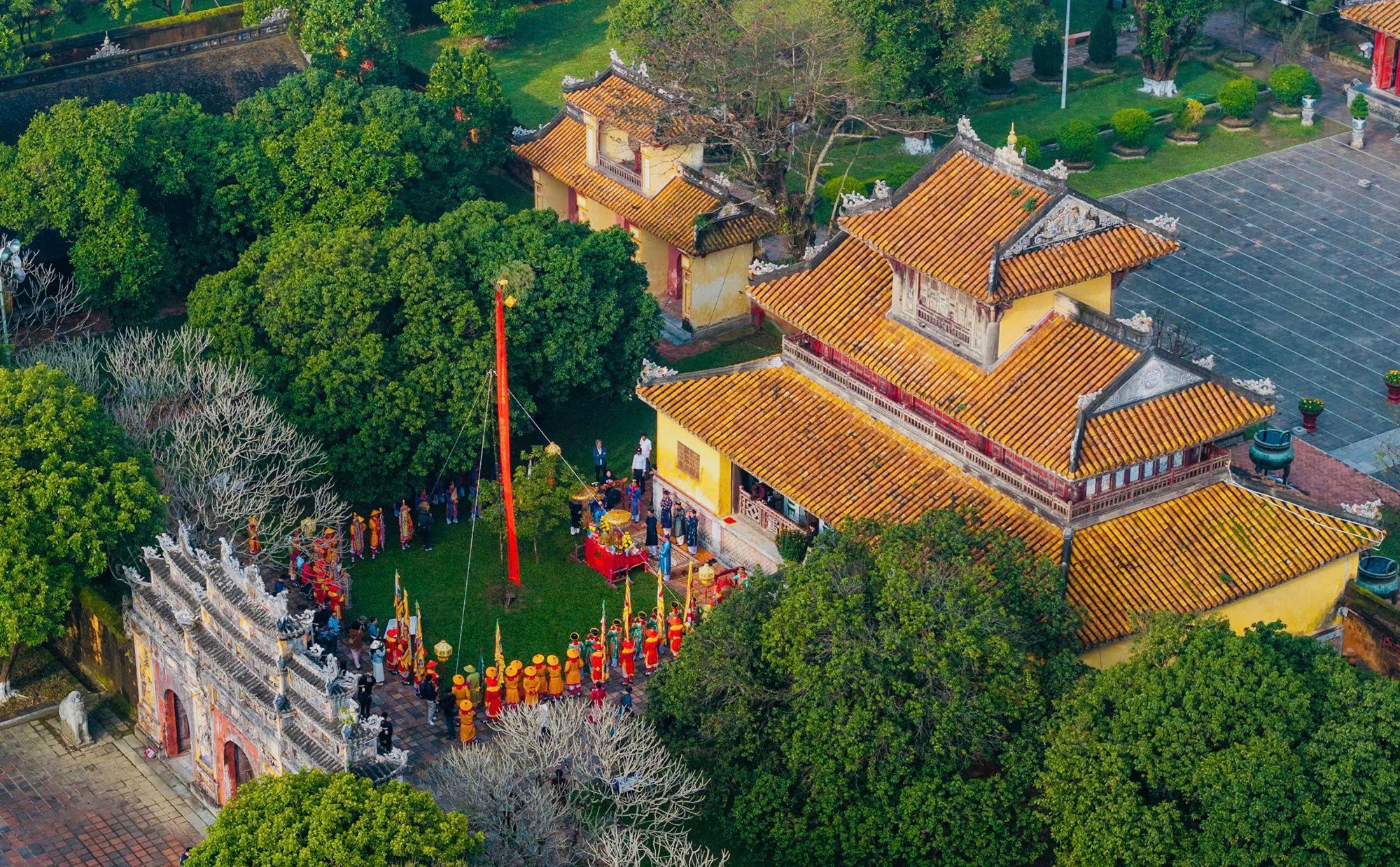
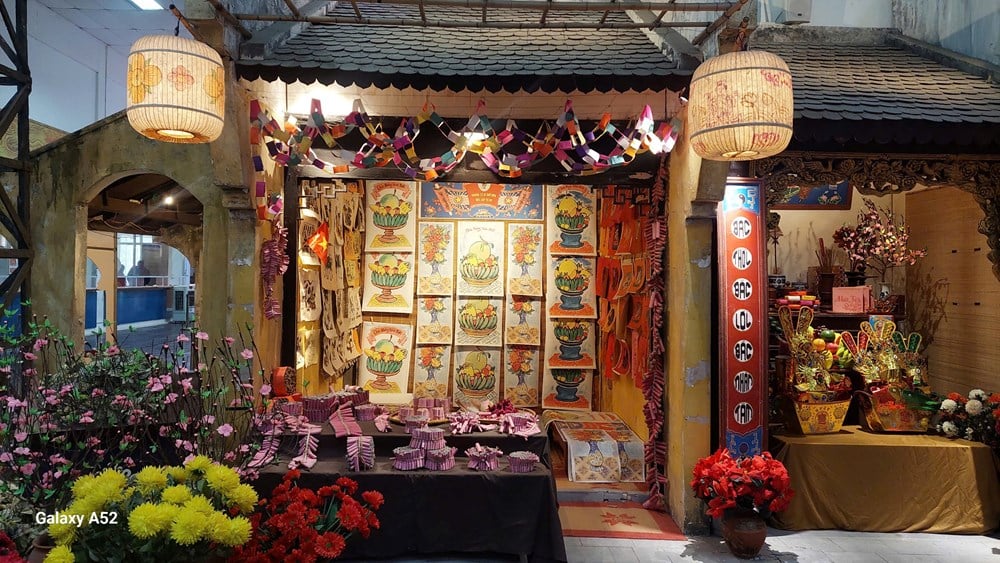
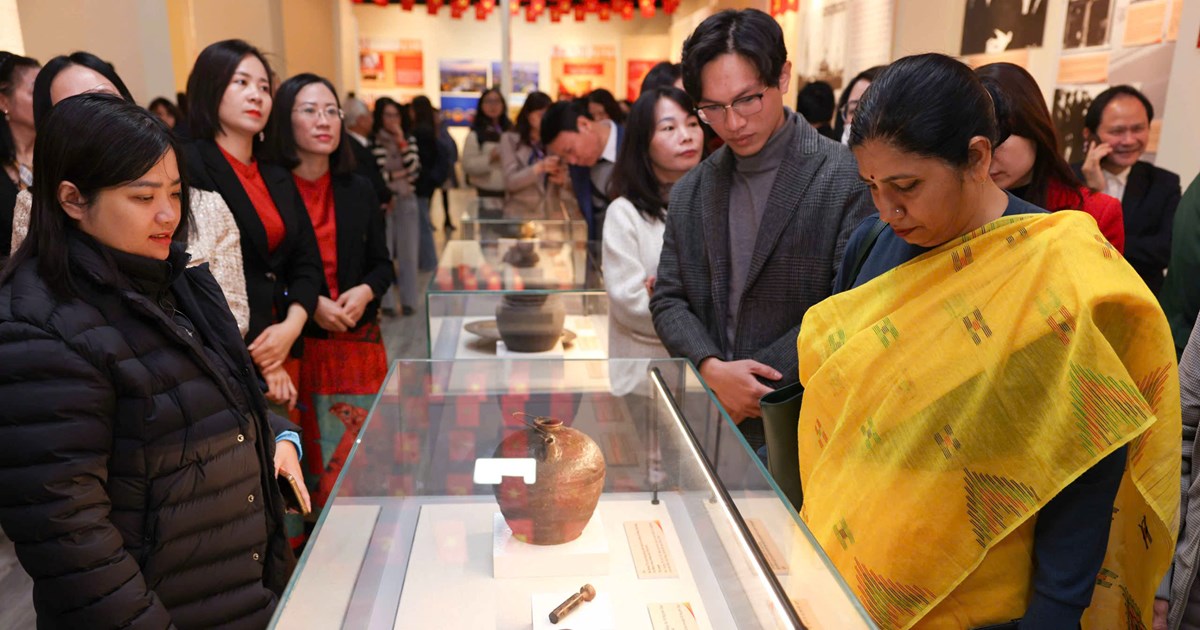
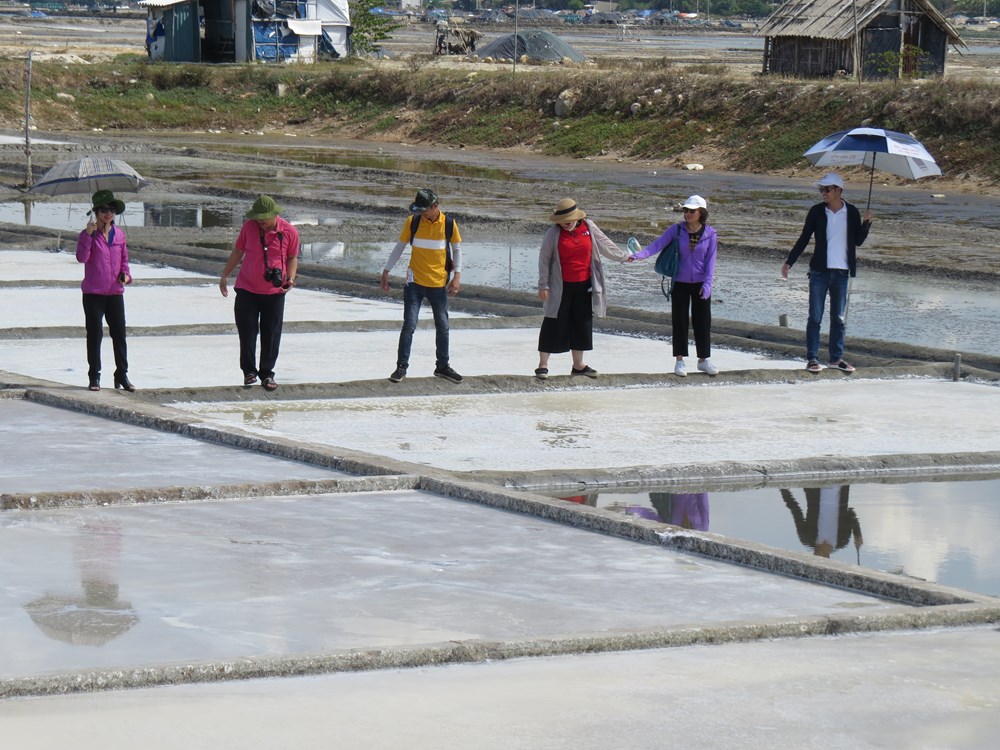














Comment (0)